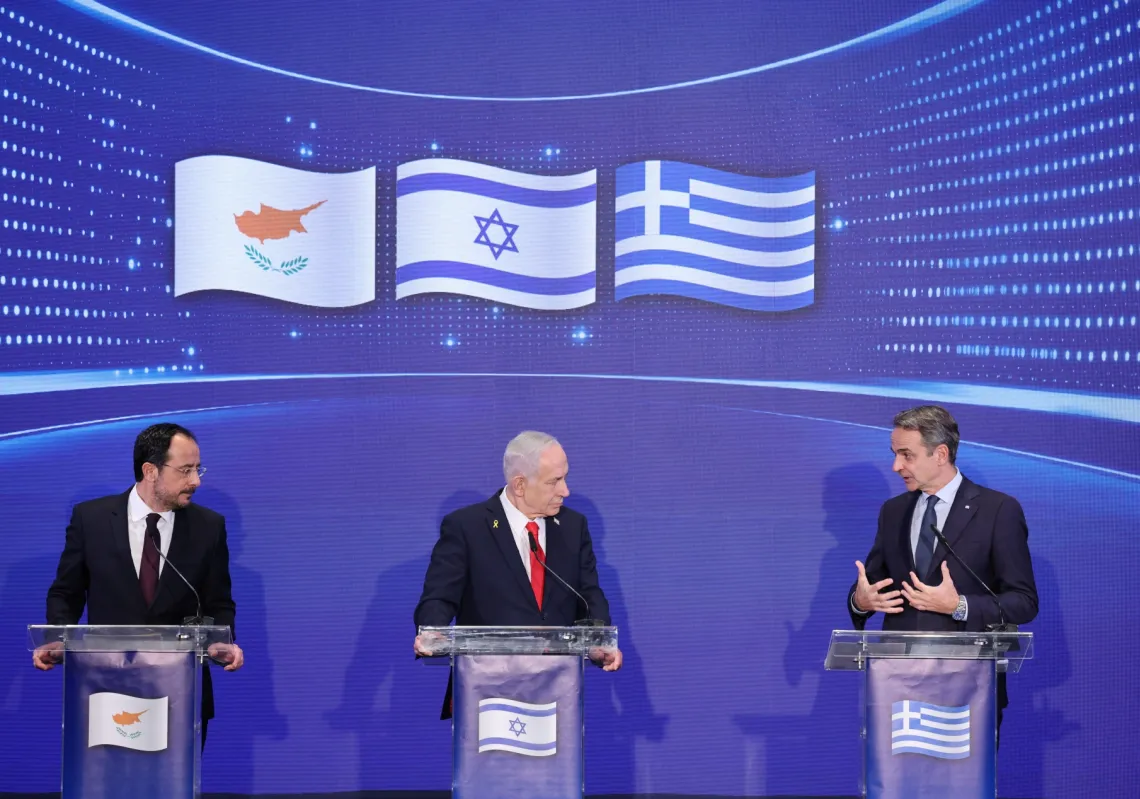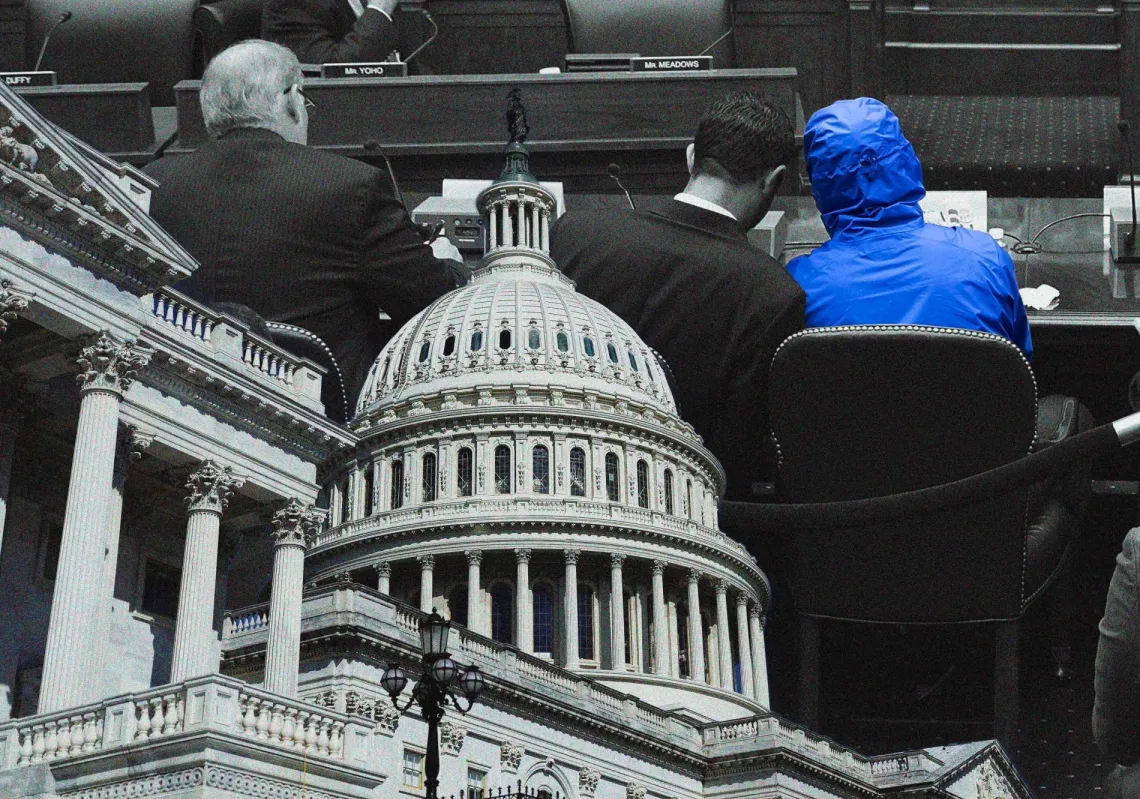The recent Madrid NATO summit has been labelled as historical, “with far-reaching decisions to transform NATO”, which apparently will “preserve peace, prevent conflict, and protect our [western] people and our [western] values”. During this summit, they indicated that there are two significant threats to the security of western interests and values: which are Russia and China. This article will inspect the claims of the new strategic concept and how it contradicts the values they have claimed to carry.
Firstly, let's start with the pressing matter of Russia’s invasion of Ukraine. The strategic concept states that they are open to communication with Moscow, meaning diplomacy. Yet the basics of diplomacy is compromise, not the continuation of the NATO project of “military integration with Belarus”. In addition, the relationship status change depends on Russia “fully complying with international laws”, which the US has broken several times and is made to serve the interest of only the west. Furthermore, diplomacy efforts such as one proposed by Zelensky to constitutionally neutralise Ukraine, which the UN Secretary-General António Guterres labelled as a breakthrough, have been dismissed. Although Russia wanted Crimea and for Ukraine to recognise separatist states. They could’ve reached a middle ground. They claim to want to preserve peace, prevent conflict, and protect their people; however, closing the door for diplomacy will harm the Ukrainian people and will lead to millions of others starving as energy and commodities prices rise. An analyst hit the nail on the head when he said US goals “are less to force Russia out of Ukraine than to fight Russia to the last Ukrainian.”
China's rise is the second critical threat to NATO security and economic interests. They stated that China is trying to “subvert the rules-based international order, including in the space, cyber and maritime domains”. To counter the rise of China, they’ve invited countries surrounding it, such as “Japan, Australia, South Korea, and New Zealand”. Such deepening relations of countries off the coast of China allow them to execute the RIMPAC program. According to the political researcher and analysis Gavan McCormack (Australian), this program is “the largest air, land, and sea war manoeuvres in the world. They would assemble a staggering 238 ships, 170 aircraft, four submarines and 25,000 military personnel from 26 countries.… To China, scarcely surprisingly, these exercises are seen as expressions of an anti-China ‘Asian NATO design.’ They are war games, and they are to include various simulations engaging ‘enemy forces,’ attacking targets and conducting amphibious landings on Hawaii (Hainan) Island and in Hawaiian waters.” The US and the west try to label this as freedom of navigation, and as pointed out by Noam Chomsky, when countries such as China and India contest, they appeal to the law of the sea, which prevents violence in such areas. As professor Clinton Fernandes stated, such intrusion involves military espionage and the instalment of sensing devices. This clearly violates the values they hold of preserving peace and preventing conflict unless they plan to do it through complete domination.
It seems the recent NATO summit in Madrid is, in fact, historical as it involves the Nato-ization of Europe in addition to increasing expansion to the east, which contradicts their claims that NATO's purpose is to defend its border, not act as a tool for imperial ambition.










